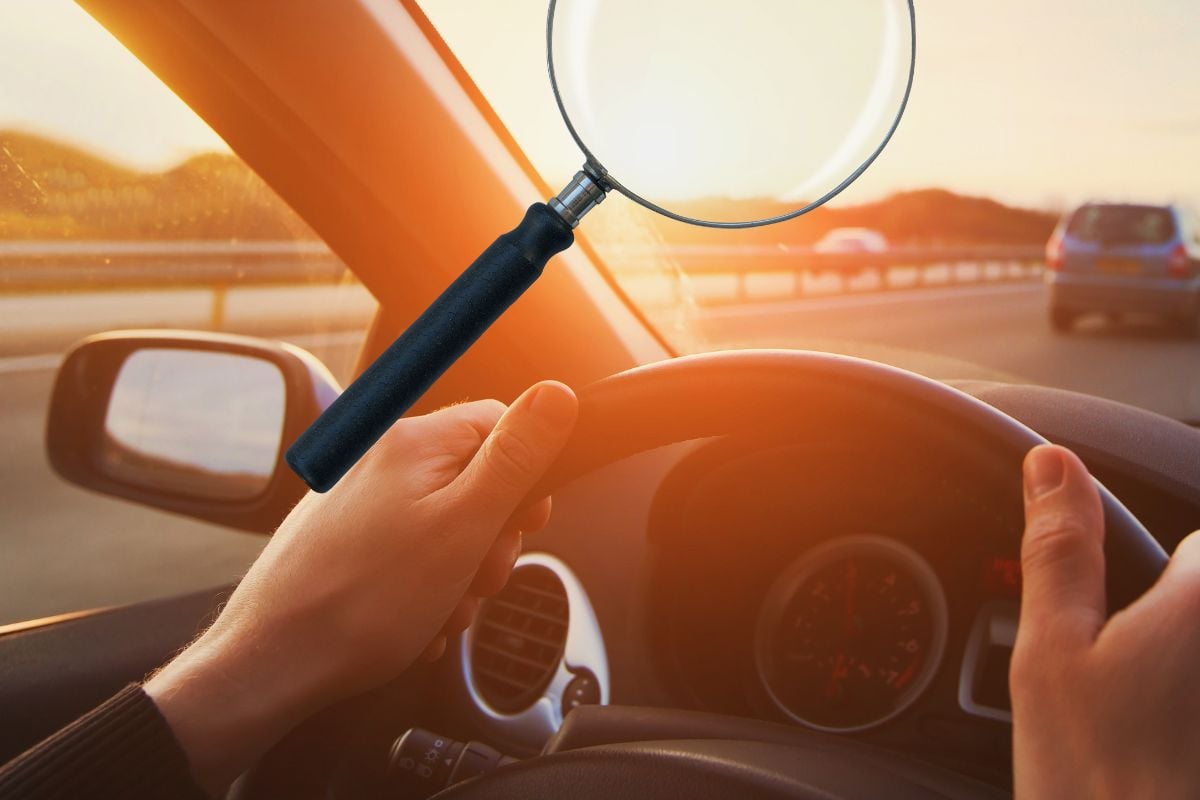Starting this summer, a new regulation will transform the car safety landscape in Europe.
On-board cameras will become compulsory in certain types of vehicles, marking a giant step towards the ambition of zero road deaths set for 2050 by the European Union. But who will be affected by this measure? And what are the concrete implications for drivers and road safety? In this article, we will explore in detail the scope of this regulation, the technologies involved and the expected consequences for road users.
Read also:
- Automobile: drivers, here's why your car could be banned this summer
- This new water engine promises cold sweats for electric vehicle manufacturers
- Does this crazy innovation on Diesel engines doom the electric car?
The foundations of the new regulations
July 7, 2024 marks a key date for the European automotive industry with the entry into force of the BSR2 (General Safety Regulation 2). This regulation requires new vehicle models approved in Europe to be equipped with driver distraction and fatigue detection systems. This measure aims to identify moments when the driver diverts his attention from the road, whether towards a smartphone, a passenger, or the dashboard, and to alert him via a light signal to correct his behavior.
Thermal cars: towards a cancellation of this scandalous measure?
Testing and validation: a rigorous process
Before becoming a legal requirement, this technology must prove its effectiveness in real driving conditions. In-car cameras must be able to detect the driver's eyes in various light conditions and wear accessories such as glasses and hats. Driver monitoring systems, or DMS (Driver Monitoring Systems), already in use, form the basis of these new devices by evaluating the driver's attention based on parameters such as steering wheel movements and lane deviations.
The infrared era in automotive safety
Infrared technology plays a crucial role in the accuracy of these detection systems. By analyzing the driver's facial characteristics, particularly around the eyes, infrared cameras significantly improve the ability to assess driver alertness. This technical advance ensures effective monitoring regardless of the lighting conditions or the accessories worn by the driver.
Implications for manufacturers and drivers
Car manufacturers, such as Peugeot, are preparing to integrate these systems into their new models. Although these devices can be deactivated manually, they are designed to reactivate each time the vehicle is started, ensuring constant protection for the driver and passengers.
The impact on road safety
The introduction of this technology aims to significantly reduce the number of road accidents caused by driver distraction and fatigue. By actively alerting the driver in case of loss of attention, these systems contribute to safer and more conscious driving, aligned with EU safety objectives.
Challenges and prospects for this new technology
Widespread adoption of this technology presents challenges, including costs, privacy, and user acceptance. However, the potential benefits in reducing accidents and saving lives are considerable. The next steps will be to evaluate the effectiveness of these systems in practice and address possible obstacles to their effective implementation.
Electric car for 100 euros: Be careful, you risk a fine of 1,500 euros if you do not respect this rule
This article explores the imminent introduction of mandatory in-vehicle cameras across Europe. This measure, aimed at increasing road safety, will apply to all new car models approved from summer 2024. It represents a significant step forward in the fight against distracted and fatigued driving.

